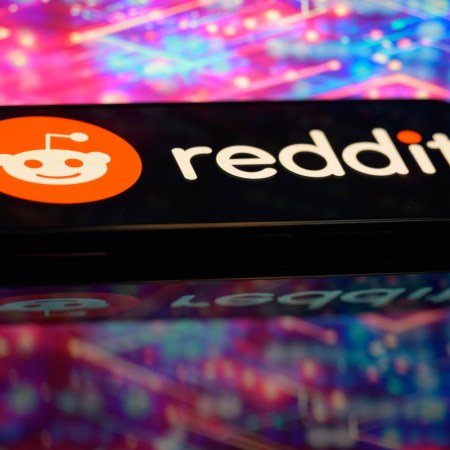Before you network with your newest LinkedIn connection, ask yourself: Is this person real?
As NPR reports, some companies have been using fake accounts with computer-generated profile pictures on the social networking site in a bid to bolster sales. One LinkedIn user who spoke to NPR said that she received a software inquiry on the site, and while the person who messaged her appeared real, upon closer inspection of their profile, she found that the profile photo showed a woman who was only wearing one earring, with some strands of her hair disappearing and reappearing, a clear sign that the photo had been created by artificial intelligence.
She should know. The user who spotted the fake was Renée DiResta, “a veteran researcher who has studied Russian disinformation campaigns and anti-vaccine conspiracies,” as NPR noted.
DiResta and Josh Goldstein, both of the Stanford Internet Observatory, proceeded to launch an investigation which found over 1,000 similar fake accounts on the platform, with profiles claiming educational backgrounds from universities like NYU and more than 70 companies listed as employers.
When the Stanford team told these companies about their findings, some said that while they had hired outside marketers to help with sales, they did not approve of A.I.-created profiles. One CEO said that they thought the accounts were simply the real marketers that worked at the company they hired. While not illegal, LinkedIn said that the profiles were against the terms of service for the site, and have begun deleting profiles they believe to feature A.I.-generated users.
However, computer-generated faces are becoming harder and harder to distinguish from real people. Deepfakes, or computer-generated images of real people, have already become known in the mainstream media, whether that be fake celebrity sex tapes or false videos supposedly showing Ukraine President Volodymyr Zelensky asking soldiers to stand down.
According to LinkedIn, the site removed over 15 million accounts in the first six months of 2021, and is committed to providing a “safe environment” for users, which includes removing fake accounts and users, however innocuous their spam messages.
Thanks for reading InsideHook. Sign up for our daily newsletter and be in the know.


















